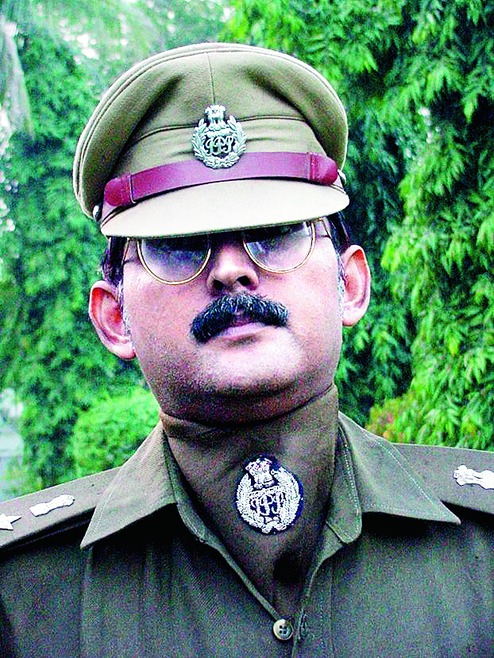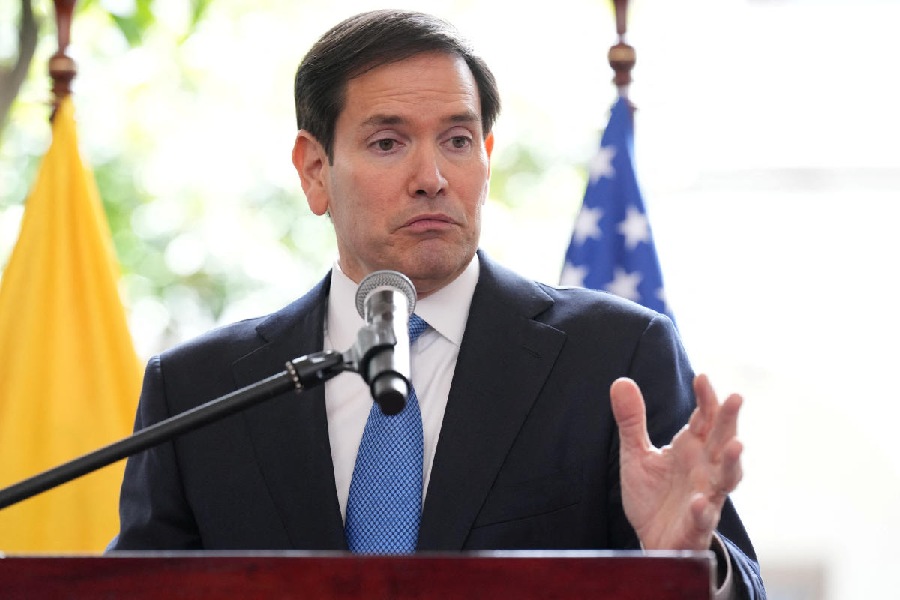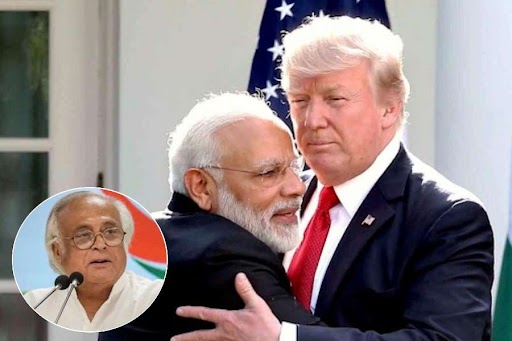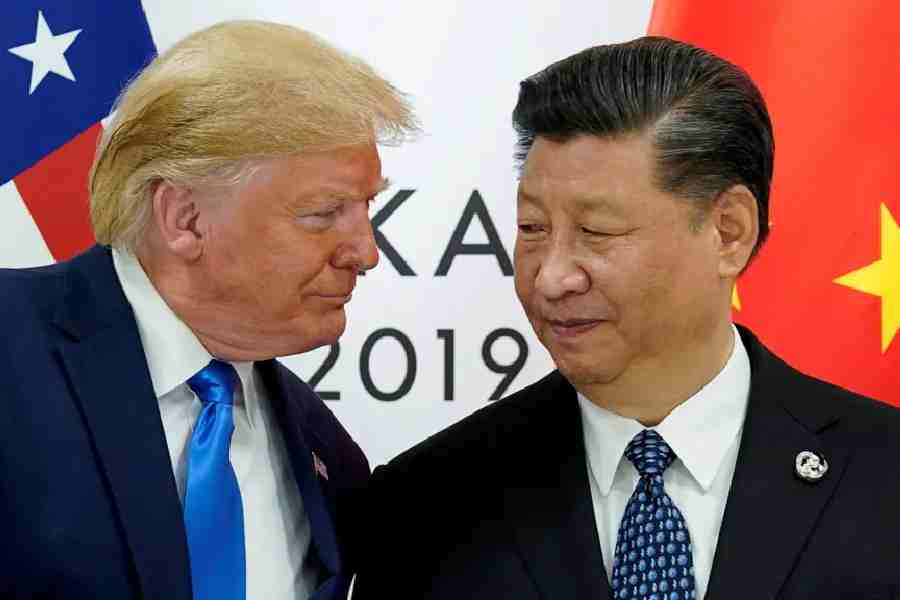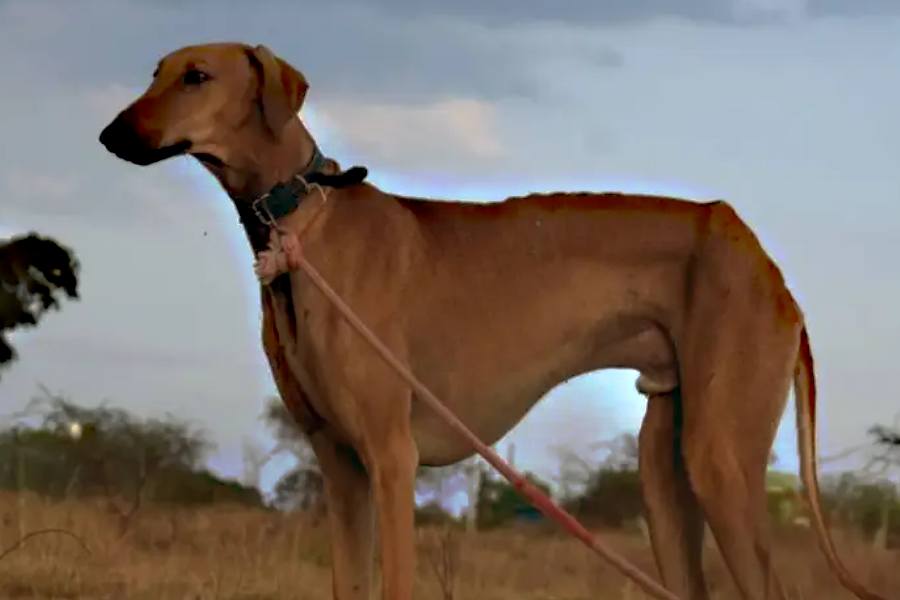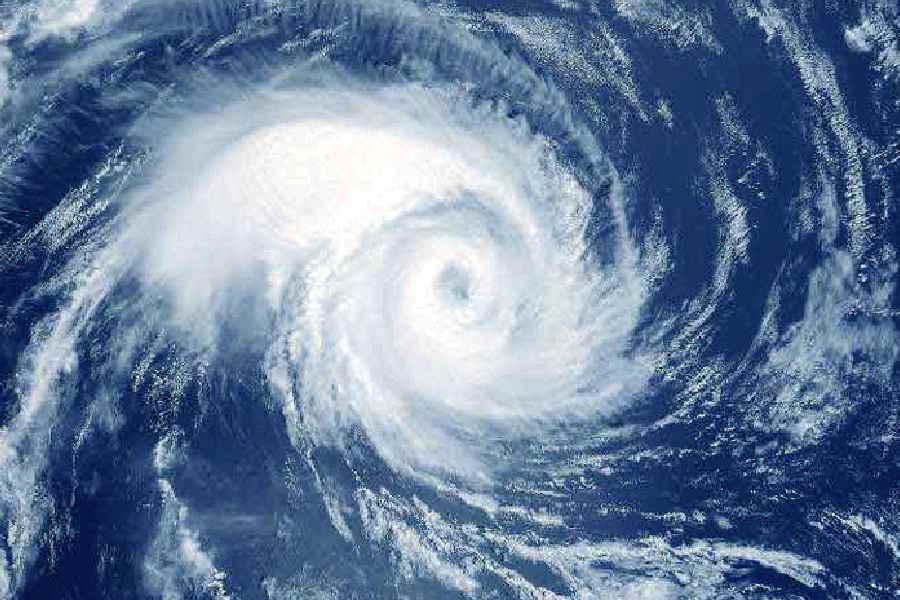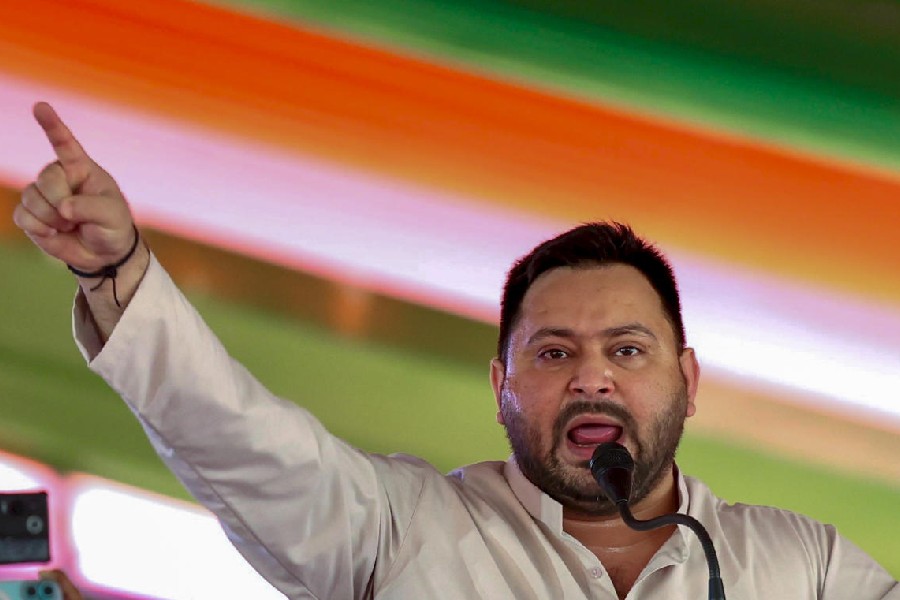
It was August 1996. I was an Indian Police Service trainee. For three-and-a-half months, I was sent for an attachment with the Border Security Force (BSF) in Kashmir. And my unforgettable Mission Kashmir began.
On August 15, 1996, I found myself at the BSF officers' mess in Jammu. As we all know, the state of Jammu and Kashmir has three district geographical units - the Hindu majority Jammu, the Muslim majority Kashmir Valley and the Buddhist majority Ladakh. The then Prime Minister H.D. Deve Gowda was making his Independence Day speech from the ramparts of the Red Fort. But I couldn't concentrate on the TV. I was dreaming about the picturesque Kashmir Valley. I fell in love with the Valley when I first watched Jab Jab Phool Khile as a school kid. Shashi Kapoor, who died recently, played a Kashmiri boatman.
Next day, we left Jammu for the Kashmir Valley in a convoy. No solitary vehicle plies on the highway because of militancy. The BSF convoy passed through the Bannihal Tunnel and entered the Kashmir Valley. The scent of chinar trees welcomed us as we reached the capital Srinagar in the evening.
We were put up at the Grand Hotel. Neeraj Kumar Singh (West Bengal Cadre) and I shared a room. It was a scene straight out of war movies. There were sandbags on windows to ward off militant attacks.
Next, day, we ventured out of the hotel. All of Srinagar was dotted with bunkers. Lal Chowk was rocked by a bomb blast. We rushed there. the iconic Dal Lake is regularly patrolled by BSF men sitting in boats. I too joined a patrolling party. An eerie silence prevailed. It was sad to see the Dal Lake, once a hotspot of tourists, in such a condition. I also visited Shalimar, Nishat and Chashm-e-Shahi, historic Mughal gardens laid out by the emperor Jehangir.
Later, we were sent to different BSF companies. I was attached to a company which looked after three mohallas - Jogilankar, Rainawari and Kalwal. An ever-smiling Sardarji was the company commander. He treated me like his kid brother. He lived at the company headquarters with his family. I played with his cute, little daughter, a naughty Punjabi girl. She spread sunshine in an otherwise gloomy atmosphere. I was given a bullet-proof vest and an AK47. The vest was so heavy that I perspired profusely. I told the company commander that I would rather take bullets in my chest than wear the clumsy vest!
I befriended local Kashmiris. They were simple souls fed up with militancy. Once, the company commander took me to a Kashmiri home. We were offered the Kashmiri kahwa. It is similar to green tea but much, much better. Saffron, called kesar in Hindi and zafran in Urdu and costlier than gold, is added to kahwa. In Srinagar, I got addicted to lamb meat. I generally avoid goat meat but lamb meat, with a larger proportion of fat, was tastier. I also relished fish from the Dal Lake.
I was in Srinagar when Assembly polls took place. Militants gave a boycott call. Only the Congress. the National Conference and few Independents were in the poll fray. In those pre-electronic voting machine days, I saw tiny ballot papers with amusement. Despite militants threat to cut off their hands, Kashmiri voters were enthusiastic. Clad in their long phirans, men and women queued up in large numbers.
From telephone booths - cell phones were not available then - I talked with my parents in Darbhanga. I travelled in an armoured vehicle from the company headquarter to telephone booths!
One day I was told that I had been assigned Amarnath Yatra duty. The BSF looks after the security of Amarnath pilgrims who are on the hit list of militants. So I left Srinagar for Pahalgam. The beauty of Pahalgam took my breath away. I saw the " Bobby cottage" there, where Rishi Kapoor and Dimple Kapadia sang Hum Tum Ek Kamre me Band Hon in the 1973 blockbuster Bobby.
Near Pahalagam, the base camp for the Amarnath pilgrims was set up at Chandanbari. There, thousands of pilgrims going to the holy cave of Baba Barfani gathered. From Chandabari to the Pissu Top, the climb was arduous and steep. There were bhandaras (free kitchens) for the pilgrims all over the route.
Amarnath is a splendid example of Hindu-Muslim unity. A shining example of the Ganga-Jamni tehzeeb. The holy cave was discovered by a Muslim shepherd. Even today, one-fourth of the total offerings at the cave is sent to his descendants. All horsemen busy on the Amarnath route are local Muslims. It was a heart-warming sight for a staunch secularist like me!
In the evening, I reached Sheshnag lake. The area around the lake was abuzz with pilgrims who thronged the bhandaras for the spicy aloo-puri. I was accommodated in a BSF tent. I shared it with 10 other IPS trainees. After a day of tiring, uphill journey I made myself comfortable inside a sleeping bag. Then disaster struck.
A fearful storm shook our tent. Thunder and lightning made sleep impossible. I heard cries of despair from women and children. There were huge landslides and the entire Sheshnag area was cut off from the rest of the world.
The next day, all hell broke loose. The bhandaras ran out of food. The temperature plummeted and Sheshang lake froze. I went without food the whole day. Pilgrims started dying in large numbers. Army helicopters hovered in the sky. The yatra was called off. On my way back to Chandabari, I saw dead bodies of pilgrims and carcasses of horses. My fingers went numb from cold. To the best of my ability, I helped several pilgrims. I also saw dead bodies floating in the Lidder river.
Again, Kashmiri Muslims rose to the occasion. Mosques were thrown open to shelter women and children. Hindu women and children safe inside mosques. Insaaniyat (humanity) was not dead.
The Jhelum was flooded. It took me another few days to reach Srinagar. From the company headquarters, I wrote a long, long letter to the then director of the National Police Academy, Mr. A.P. Durai. He was so happy to receive my letter that he got it displayed on the NPA notice board!
Now I looked forward to the LoC (Line of Control) duty in the Baramulla sector. The D.C. of Baramulla hosted a party in our honour. We were served wazwan, a Kashmiri spread consisting of several dishes. I licked my fingers as I devoured one gostawa (meatball) after another. Kashmir is a heaven for strict non-vegetarians like me!
Then I want to Naugam. Words can't describe its beauty. Apple orchards caught my fancy. I lived inside a prefabricated army cottage. On TV, I watched the Sridevi-Anil Kapoor starrer Lamhe. Neeraj Kumar Singh (IPS, '94 batch) was my constant companion.
Once we came under Pakistani firing. Neeraj and I sat under a big boulder. Neeraj nonchalantly lit a cigarette and started discussing the foreign policy of India! I told him that we were under Pakistani firing and it was no time to discuss the foreign policy.
At the BSF outpost, we were served omelettes made from frozen egg powder. Again, lamb meat came to my rescue. At the LoC, live sheep are airdropped from helicopters. Water was scarce and the BSF men prayed for snowfall. During winter months they are allowed to grow beard. The BSF life is not meant for the fainthearted. In the mess, cooks used glass bottles ( instead of rolling pins) to make rotis.
We often came under Pakistani firing. When the firing ceased, I collected empty cartridges. I called them Benazir's lipsticks. (Benazir Bhutto was the Pakistani Prime Minister in 1996.)
Then I was back in Srinagar. After the debriefing, I boarded a flight for New Delhi. On the basis of my BSF identity card, I got a 50 per cent discount. Ajatshatru Singh, son of the former Kashmiri ruler Dr Karna Singh, was on the same flight.
The flight landed at the New Delhi airport and my Mission Kashmir came to an end. But I can never forget the chinar leaves and the simple Kashmiris.
The author is a 1994-batch Bihar cadre IPS officer.

